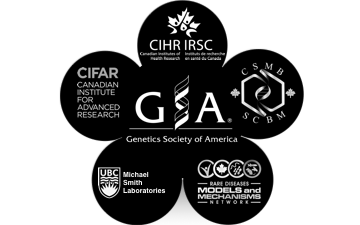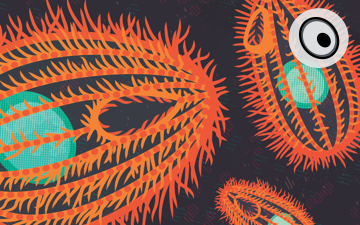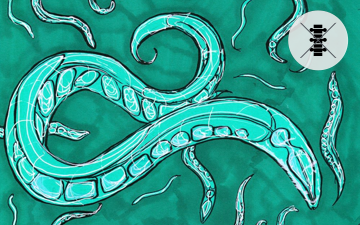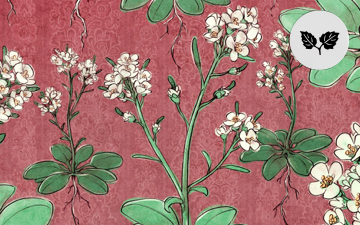Cards
(QUICK LINKS: Decks | plants | mammals | birds | | reptiles | fish | cephalopoda | insects | microbe | events
( scientist | project | modifier | technique |)

Harbour Seal
Phoca vitulina


8 POINTS
Play: This Harbour Seal has a MOVE of 2.
Fact: Seals in the UK are protected by the 1970 Conservation of Seals Act, which probihits most forms of killing.

GSA MODEL ORGANISMS DECK
.
.
The first game to use a “science process” game mechanic to explore process of science ideas. In this case, a closer look at the use of model organisms – – in genetic research.

Ciliates
Tetrahymena (genus)


3 POINTS
Play: Ciliates have a MOVE of 1
These unicellular protists use hair-like cilia for locomotion and feeding. They are important to biomedical research and have contributed to our understanding of many cellular and biochemical processes.

Frog
Xenopus laevis / tropicalis


3 POINTS
Play: This frog has a MOVE of 2.
Commonly known as the “clawed frog”, this amphibian’s large embryos and eggs are easy to obtain and manipulate for medical and developmental research.

C. elegans
Caenorhabditis elegans


5 POINTS
Play: C. elegans has a MOVE of 1. It eats bacteria & rotting plants.
This transparent nematode (roundworm), the 1st sequenced multicellular organism, is no more than 1 mm in length, making it easy to examine for inherited traits during genetic studies.

Arabidopsis
Arabidopsis thaliana


1 POINTS
This small flowering plant from the mustard family is an ideal model organism because of its short generation time, large yield, and small genome. It was the first plant to have it’s entire genome sequenced.